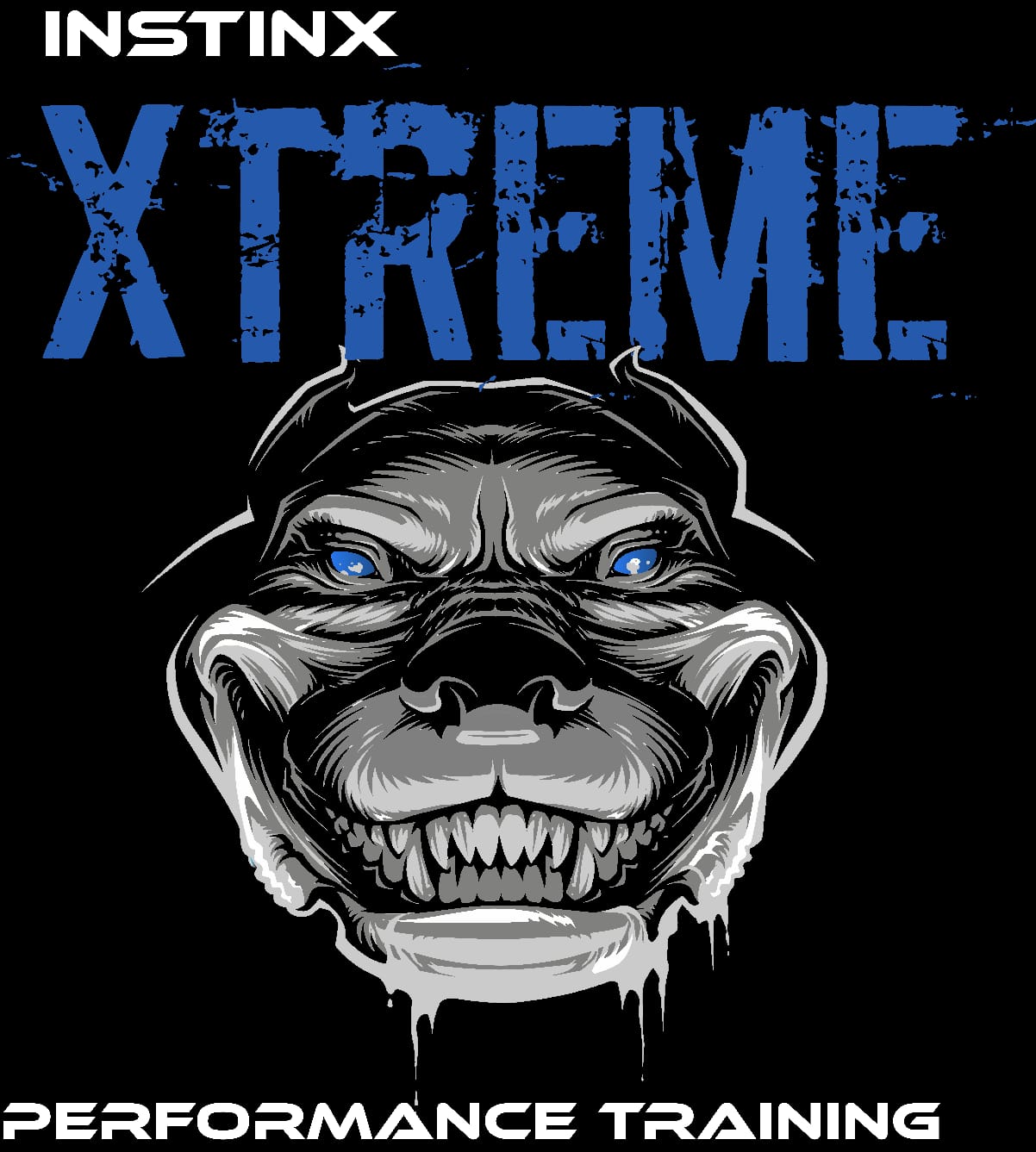We are 60% water
Fluid replacement is one of the most important factors affecting exercise performance. While many coaches, trainers, and athletes of today are becoming more knowledgeable about the roles that fluidp lays, it is often an over looked component of competition.
Sweating is the primary way in which the body cools itself during exercise. When more fluid is lost through sweating than is replaced by drinking, we become dehydrated.
Avoiding Dehydration
Ideally, pre- and post-exercise body weights should be the same, indicating that intake has equaled output. This is rarely the case, however. Remember that weight loss during exercise representsfluid loss and not fat loss!
- For every 1 lb lost, drink 2 cups(16 oz) of fluid.
- Always drink fluids before, during,and after exercise.
Don’t rely on thirst
- Your body’s thirst mechanism can be an unreliable signal to drink because exercise can blunt thirst; plan to drink before you are thirsty.
- By the time your brain signals thirst, you may have lost 1% of your body weight, which is the equivalent of 1½ pounds of sweat for a 150 lb. person. This 1% loss corresponds with the need for your heart to beat an additional three to five times per minute. A 2% loss can significantly hurt your performance, and can lead to heat exhaustion or eventually heatstroke.
- Your football uniform and equipment can hinder the body’s ability to dissipate heat. To be safe, always drink enough to quench your thirst, plus a little more.
How Much Fluid
When
Up to 3 cups (24 oz) of fluid
2 hours before competition or practice
2 cups (16 oz), 15-30 minutes pregame
Pre-Game
1 cup (8 oz) every 15-20 minutes
During Event
2 cups (16 oz) off or every 1 lb of lost body weight
Post-Game
½ your body weight in ounces (example: if 160 lbs. ,drink 80 oz.water/d)
Daily
WHAT TO DRINK: FLUIDS OF CHOICE
“Champions”
- Water
- Sports Drink
- Juices
- Milk
“Non Champions”
- Alcohol
- Soda/Pop
- Energy Drinks
Water: best for the body before during and after competition
Sport drink: also appropriate before, during, and after exercise to aid in hydration. Sports drinks may provide a competitive edge during continuous exercise for 60 min or longer.
Juice: best if consumed after exercise to replace fluids and carbohydrates. Their concentrated fructose content can cause cramping and diarrhea if consumed during a game.
Carbonated beverages: usually high in concentrated sugar which can cause diarrhea and cramping. Also can cause bloating and limit the amount of fluid an athlete can drink.
Alcohol + Athletes = Poor Performance
Alcohol has a wide variety of negative effects on the body. Moderate consumption of alcohol can inhibit motor skills and physical performance; chronic use may cause muscle damage, and weakness. The bottom line: regular consumption of alcohol (3-4 days/week) and more than 2-3 drinks, can decrease or prevent improvement in strength and performance.
Alcohol has been named the most abused drug by the NCAA. Each gram of alcohol provides seven calories. If you are trying to maintain or lose weight, consumption of alcohol can make reaching that goal very difficult. One serving of alcohol is considered: 12 ounces beer, 5 ounces wine,and 1 ½ ounces liquor.
Calories contained in Alcohol
12 ounce beer = 90-110 calories (light beer); 120-200 calories (dark beer)
1 oz of liquor = 100-120 calories
5 ounces of wine = 120-160 calories
Remember: 3500 calories = 1 pound of fat.
***In addition, alcohol consumption causes dehydration. It functions as adiuretic pushing water out of the cells, which puts you in a dehydrated state. As you already know, dehydration decreases performance and puts you at risk for heatstroke.***

